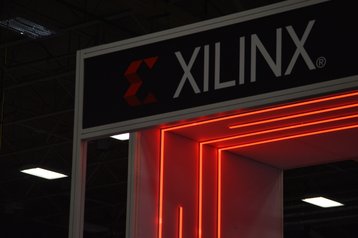Chinese regulators have approved AMD's $35 billion acquisition of FPGA-maker Xilinx.
But China's State Administration for Market Regulation said that AMD had to agree not to force Xilinx's products to be tied to AMD ones, or discriminate against customers.
The agency set the following five conditions (translated):
- There must be no tie ins between AMD CPUs and Xilinx FPGAs – so customers can buy into one or the other individually, without discrimination
- AMD and Xilinx hardware and software must continue to be sold in China based on the principles of fairness, reasonableness, and non-discrimination
- Xilinx FPGA flexibility and programmability must continue to support Arm processors, and it continue with pre-deal plans
- AMD CPUs and Xilinx FPGA supplies must continue to flow as before the deal and AMD must not discriminate against rival CPU and GPU tech (in terms of features and interoperability) in new FPGAs
- Third party CPU, GPU, and FPGA information must be safeguarded, and held on separate and distinct systems to those used by AMD staff
AMD will have to accept the legally binding conditions to continue with the acquisition, which it is expected to do. The company previously thought that it would complete the acquisition by the end of 2021, but now believes it will occur in the first quarter of this year.
The deal is proceeding more smoothly than Nvidia's attempted acquisition of Arm, which looks increasingly set to fail.




